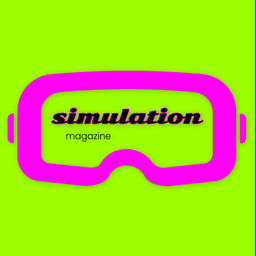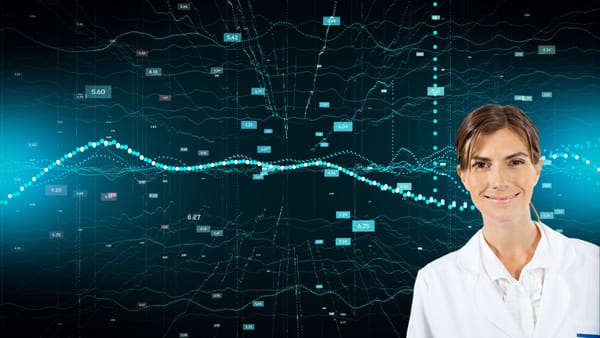How AI combined with XR can transform healthcare
Artificial intelligence (AI) and Extended Reality (XR) are transforming the healthcare industry. They are revolutionizing how healthcare providers interact with patients, make diagnoses, and deliver treatments.

Artificial intelligence (AI) and Extended Reality (XR) are transforming the healthcare industry. They are revolutionizing how healthcare providers interact with patients, make diagnoses, and deliver treatments.
Here are some examples of how AI and XR can be implemented in healthcare:
AI for Diagnostics:
AI can be used to analyze patient data, including medical records, lab results, and diagnostic images such as X-rays and MRI scans. AI algorithms can identify patterns in the data and help healthcare providers make more accurate and timely diagnoses. For example, AI-powered tools like Zebra Medical Vision and Aidoc use deep learning algorithms to analyze medical images and flag abnormalities for further review by radiologists.

XR for Medical Training:
Extended Reality technologies like virtual reality (VR) and augmented reality (AR) can be used to simulate medical procedures and surgeries, allowing healthcare providers to practice in a safe and controlled environment. For example, companies like Osso VR and Precision OS provide VR simulations for surgical training.


AI for Medical Research:
AI can help healthcare researchers analyze large amounts of data and identify new insights and patterns. For example, DeepMind Health is using AI to help healthcare providers better understand and treat acute kidney injury.
XR for Patient Engagement:
XR technologies like VR and AR can be used to engage patients in their care and provide a more immersive and personalized healthcare experience. For example, there are now half a dozen companies that provide VR experiences for patients to manage pain and even more that tackle anxiety.
AI for Remote Patient Monitoring:
AI-powered remote monitoring systems can be used to track patient health data and alert healthcare providers to potential health issues. For example, CarePredict uses AI to track elderly patients’ activity levels and detect changes in behavior that may signal health problems.

In conclusion, the use of AI and XR and combinations of both are transforming the healthcare industry in numerous ways, from improving diagnostic accuracy to enhancing patient engagement. As these technologies continue to evolve and become more widely adopted, we can expect to see even more innovation in healthcare in the years to come.











